
Foundries are the beating heart of metalcasting, environments where raw materials are transformed under intense heat. Molten metal, radiant heat, sparks, and dust create one of the most demanding industrial settings imaginable. Standard lifting equipment simply won't survive here. That's where the specialized Foundry Electric Hoist with Heat Resistant Features becomes not just a tool, but a critical safety and productivity asset.
Online ChatOrdinary electric hoist is designed for ambient temperatures. Expose them to the extreme heat near furnaces, ladles, or freshly poured castings, and you risk:
1. Insulation Breakdown: Wiring and motor insulation can melt or crack, leading to short circuits, electrical fires, and catastrophic failure.
2. Lubricant Failure: Standard greases and oils liquefy or carbonize, causing bearings to seize and gears to grind, resulting in rapid wear and potential jamming.
3. Structural Weakening: Prolonged heat exposure can anneal critical steel components (like the load chain or hook), reducing their strength and creating a dangerous risk of breakage under load.
4. Control System Malfunction: Electronic components in pendant controls or variable frequency drives (VFDs) are highly sensitive to heat and can fail unpredictably.
5. Premature Wear: Dust and abrasive particles accelerated by heat quickly degrade unprotected mechanisms.

A true foundry-duty electric hoist incorporates a suite of features specifically designed to combat these harsh conditions:
1. High-Temperature Insulation (Class H): Motors and wiring systems are built using Class H insulation materials, rated to withstand continuous operating temperatures up to 180°C (356°F). This is significantly higher than the Class B (130°C) or Class F (155°C) found in standard hoists.
2. Heat-Resistant Lubrication: Special high-temperature greases and oils are used throughout the gearbox, bearings, and load chain. These lubricants maintain their viscosity and protective properties even under intense radiant heat, ensuring smooth operation and preventing seizure.
3. Thermal Protective Barriers: Critical components like the motor and gearbox are often equipped with additional shielding or thermal barriers. This can include heat-resistant shrouds or reflective plates to deflect radiant heat away from sensitive parts.
4. Protected Electrical Systems: Conduits, junction boxes, and pendant stations are designed with robust, heat-resistant materials and gaskets to keep out dust and hot air. Control systems may be housed in cooled enclosures or located remotely.
5. Heat-Treated Load Path Components: The hook, load chain (or wire rope), and sheaves are manufactured from high-grade alloys and undergo specific heat treatments to maintain their strength and toughness at elevated temperatures. Look for hoists rated for higher temperature service (e.g., hooks rated for 300°C+/572°F+ intermittent exposure).
6. Enhanced Sealing: Superior sealing protects internal mechanisms from abrasive foundry dust (sand, shot blast, etc.) and moisture, which can combine with heat to accelerate corrosion and wear.
7. Robust Construction: Overall build quality is paramount, using durable materials and designs to withstand thermal cycling (repeated heating and cooling) without warping or cracking.
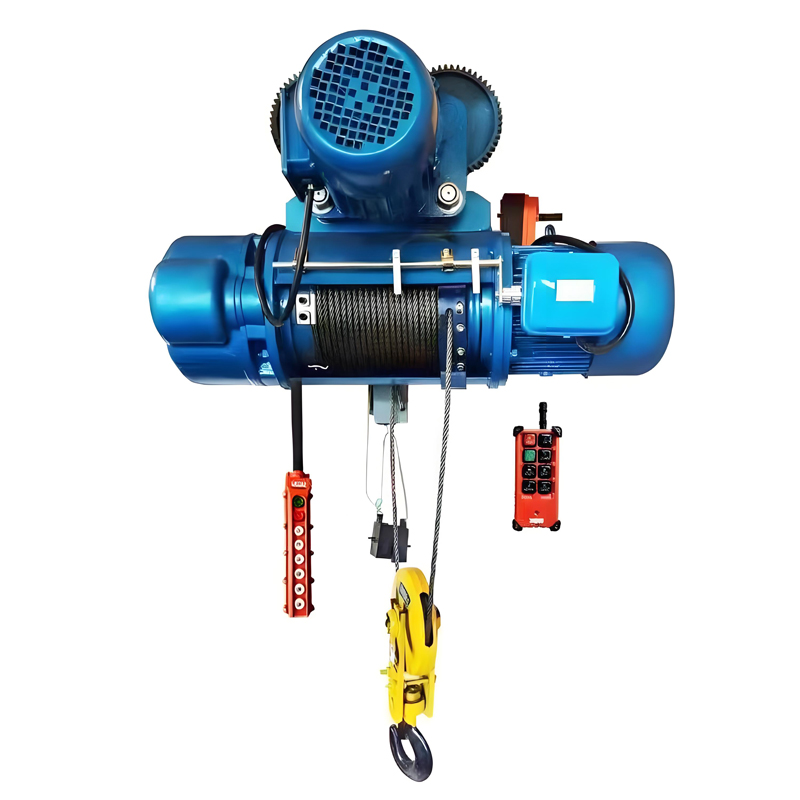
Investing in a heat-resistant foundry electric hoist delivers significant operational advantages:
Enhanced Safety: Dramatically reduces the risk of catastrophic hoist failure due to heat, protecting personnel, equipment, and valuable castings from potentially devastating accidents.
Increased Uptime & Productivity: Minimizes unplanned downtime caused by heat-related breakdowns, keeping your production line moving.
Reduced Maintenance Costs: Heat-resistant components and lubricants last significantly longer in the foundry environment, lowering maintenance frequency and replacement part costs.
Extended Service Life: Designed for the environment, these hoists offer a much longer operational lifespan than standard models, providing a better return on investment.
Compliance: Helps meet stringent safety regulations (OSHA, etc.) and industry standards for operating equipment in high-heat industrial zones.
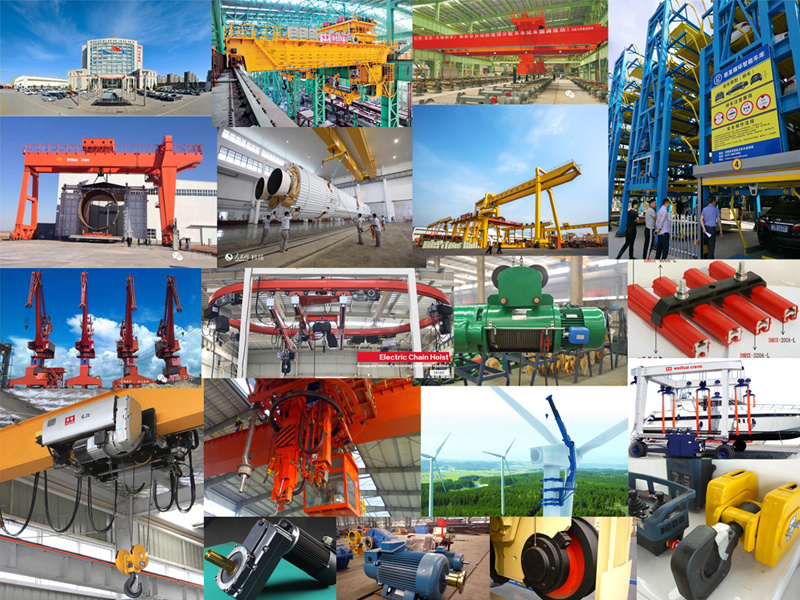
When selecting a heat-resistant electric hoist:
1. Specify the Temperature Range: Clearly define the ambient temperature near the hoist’s operating location and the peak temperatures it might be exposed to (e.g., radiant heat from a nearby ladle).
2. Duty Cycle: Consider how frequently and intensively the hoist will be used in the heat.
3. Lifting Capacity & Speed: Ensure it meets your specific load and cycle time requirements.
4. Protection Rating: Look for appropriate IP (Ingress Protection) ratings against dust and moisture, often IP54 or IP65 for foundries.
5. Reputable Manufacturer: Choose a supplier with proven experience in designing and manufacturing foundry-duty lifting equipment. Certifications (ISO, etc.) are important.
6. Service & Support: Ensure parts availability and technical support from the manufacturer or distributor familiar with foundry challenges.

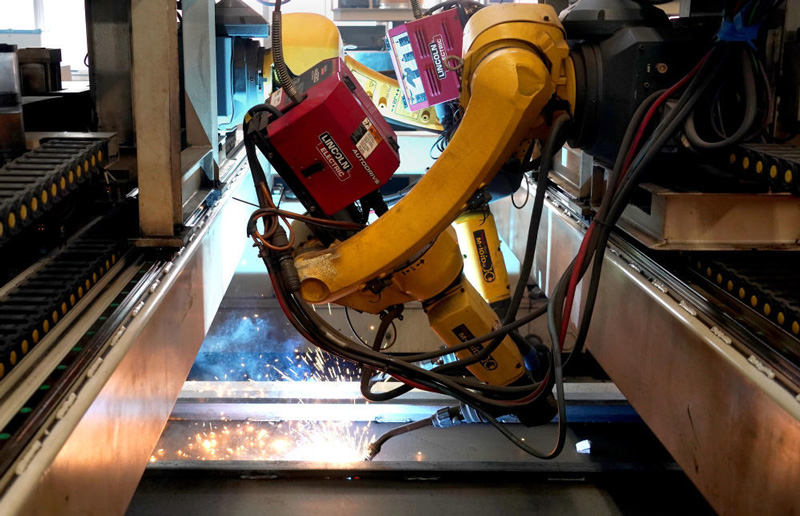
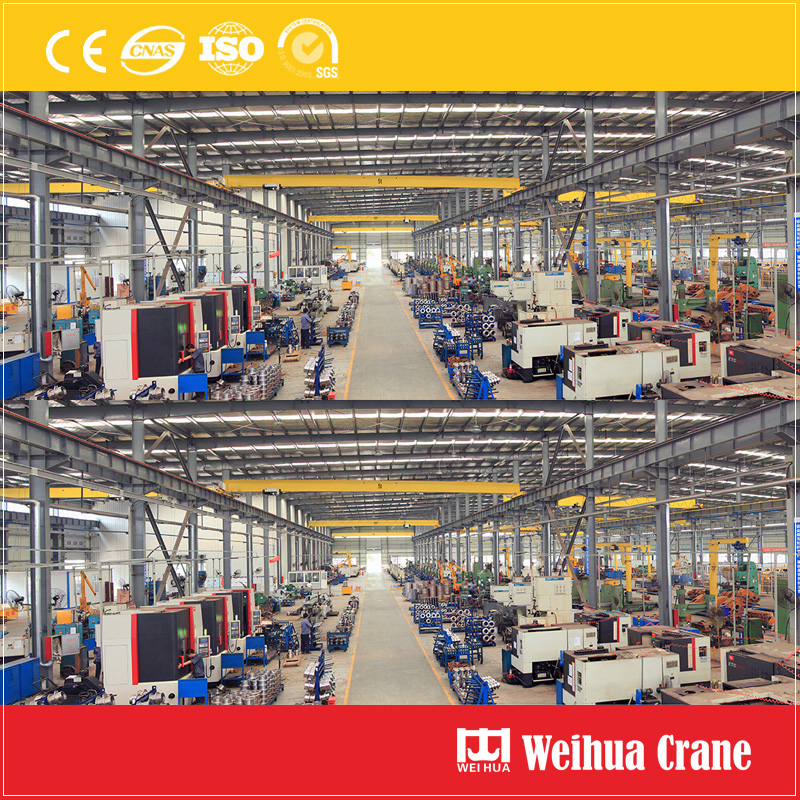
In the unforgiving environment of a foundry, a standard electric hoist is a liability waiting to happen. A purpose-built Foundry Electric Hoist with Heat Resistant Features is an essential investment in safety, reliability, and operational efficiency. By incorporating specialized insulation, lubrication, shielding, and robust construction, these hoists are engineered to endure the heat, dust, and demands of molten metal handling. Don’t compromise on lifting safety in your foundry – equip your operation with the heat-resistant power it needs to thrive.
We value your feedback! Please complete the form below so that we can tailor our services to your specific needs.

Bridge Electric Hoist Product Features 1. Robust Structure: Built with high-strength s……
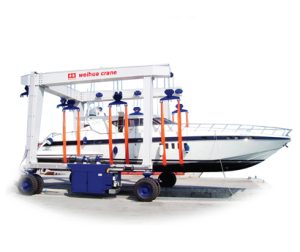
With the rapid development of water transportation, leisure entertainment and shipbuildi……

The Weihua industrial electric chain hoist 5 ton is built with a compact and robust desi……

The Weihua jib crane electric hoist combines the flexibility of a jib arm with the power……
